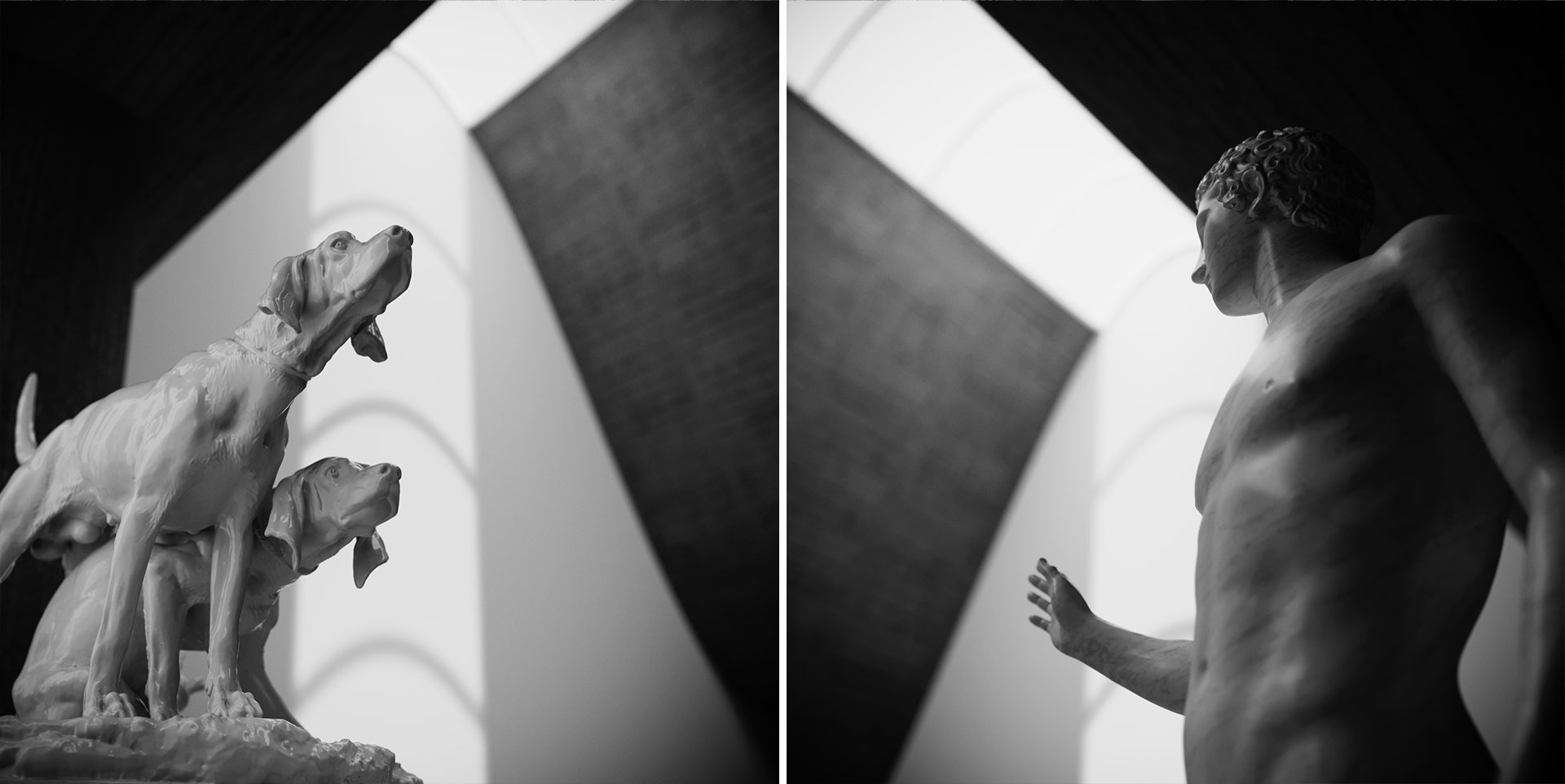Author:AXYZ DESIGN
Date:2022-03-15
AXYZ CONCEPTS
ZENITHAL LIGHT
A room is not a room without natural light. Louis Kahn
If we occupy a gloomy cave, we can be protected from the weather by the warmth of a fire that allows us to cook and tell stories at the end of the day, but -without natural light- we will live in a burrow. Without natural light there is no architecture.
If we rig the stones so that light can pass between them, we can use the interior space for a good part of the day without the need for a fire and we can see what is happening in the outside world.
An entrance of light, even when it does not allow us to see outside -either because it is made with translucent materials (like a Gothic stained glass window or a window closed with alabaster in a Romanesque church) or because its own configuration hides the outside (as in some lattices or when we see a series of foreshortened loopholes)- will always allow us to sense what the weather is like, enjoy the clarity of midday or be frightened by the glow of an approaching storm.
The interior changes with the passing of the hours and the seasons; we can begin to enjoy gradients of half-light that guide our activities or orient a recess towards a significant point (a beautiful view, a good orientation, the place where the sun rises at the equinox). The envelope that separated us from the outside begins to vibrate with the force of the sun and the elements. The light activates the interior space. Architecture is born.
If instead of capturing horizontal or diagonal light through perforations or interstices in a wall, we allow vertical light to pass through the roof, something more profound than the direction of light changes.
When the zenithal light entry allows us to see the sky, what we see is an isolated snippet of what is happening at ground level: a square of blue, or white, or leaden, or a fragment of cloud. Unlike a window that relates us to the environment at ground level - to the earthly world - a hole in the roof makes us feel our verticality, that gravitational axis that runs through us from the center of the earth and links us to the firmament, to the immeasurable.
When, instead of letting it enter through a visible hole (a patio, an oculus, a flat skylight), we channel it through skylights, lanterns and domes, light can produce almost magical effects. We can have light without seeing where it comes from. We can make it spill through space and seem almost liquid, or cut it cleanly with a blinding beam, or form a constellation of tiny stars, or tint it amber or blood, or render the heavy weightless.
We can even build a cave of light.

ABOUT THE AUTHOR

Iago López is a Spanish architect with over 20 years of professional experience both in Spain and Mexico. He began his professional career working for 6 years in two renowned Spanish firms: Carme Pinós and José Antonio Martínez Lapeña-Elías Torres (both recipients of the National Award of Architecture).
After winning a design competition in 2004, he began a ten-year period as an independent professional in which he designed and built two public housing buildings (one of which received an honorable mention in the awards of the Architects Guild of Galicia); as well as a large government office complex, a restaurant and several single-family houses.
In May 2014 he arrived in Mexico to participate for two years in the construction of the BBVA-Bancomer Headquarters Tower. He is currently working as Design Director at NMS Capital and he has a fascinating blog on architecture and music called “Bailar sobre arquitectura”.